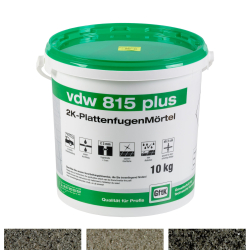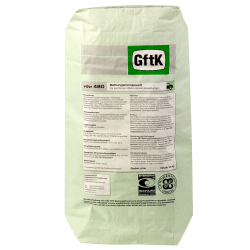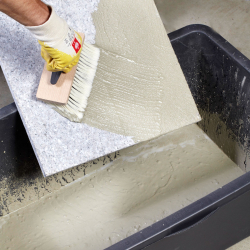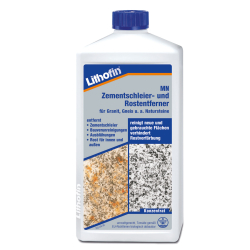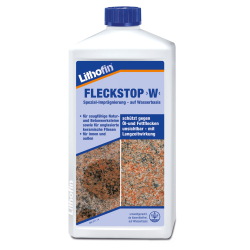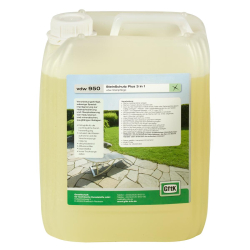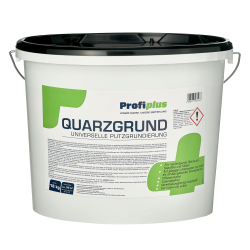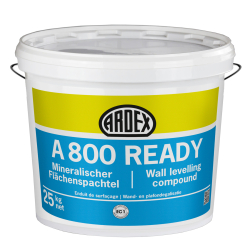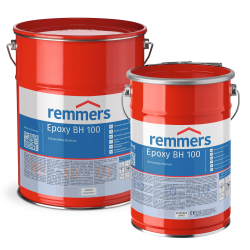vdw 840 plus 1KFugenmörtel
For the jointing of natural stone and concrete paving, slabs, and clinker facings for garden paths, entrance areas, and terraces
- Water-compatible, without quality loss
- No manual compaction required, self-compacting effect
- Suitable for processing in light rain
- For narrow joints from 3 mm
- Nearly binder film-free facings
- Ready to use
- Suitable for ceramic terrace elements
- Water-permeable
Description:
Air-oxygen-hardening, ready-to-use joint mortar with graded mineral grain mixture
Binder: single-component, highly modified, air-oxygen-hardening liquid polymer
Joint width: continuously at least 3 mm, maximum 20 mm
Joint depth: at least 30 mm; for joint widths 15 mm, the joint depth must be at least twice the joint width
Delivery form: 12.5 kg and 25 kg PE bags vacuum-packed in PE buckets
Material properties:
Flexural strength: approx. 8.0 N/mm
Compressive strength: approx. 16.0 N/mm
Shelf stability: 18 months in dry conditions
Processing data:
Processing time: approx. 45 minutes at 20°C
Ambient temperature: minimum 5°C, maximum 25°C
Substrate temperature: minimum 5°C, maximum 25°C
Application:
Compared to common air-oxygen-hardening 1K joint mortars, vdw 840 plus 1KFugenmörtel is characterized by higher strength and the ability to flush the mortar with a water jet
Prerequisites:
Solid, load-bearing, and permanently water-permeable substrate, joint depth ? 30 mm, joint width continuously ? 3 mm, maximum 20 mm, object and ambient temperature between 5°C and 25°C
Test surface:
In natural and concrete stone facings, contact between vdw 840 plus 1KFugenmörtel and the stone surface may cause optical changes, such as darkening and/or staining
We generally recommend creating a test surface
If necessary, we recommend using vdw 950 Steinschutz 3 in 1
Preparation:
Clean the surface of the object to be jointed thoroughly
Preconditions:
Ensure the surface is thoroughly pre-wetted. Use clean, cold tap water for pre-wetting and cleaning!
Filling the joints:
Cut open the PE bag, then remove a portion of the mortar from the container, apply it to the wet surface, and press it into the joints with a soft water jet and a rubber squeegee. Clean excess mortar from the surface with a water spray without washing out the joints. Repeat these steps until all mortar is processed. A slight binder film may remain depending on the stone type. Sweep the surface with a damp coconut broom, ensuring the joint edges are free of mortar!
Post-treatment:
The following points refer to a temperature of 20°C and 65% relative humidity. Higher temperatures shorten, lower temperatures extend the curing time. Seal the freshly jointed surfaces for at least 24 hours. Afterwards, the surfaces can be walked on. Protect the freshly jointed surfaces from moisture for at least 24 hours. Moisture exposure during curing can delay or impair the achievement of final strength. Final approval of the surfaces should be after 7 days. Generally, a strength test should be performed before putting the surfaces into operation.
Safety Data Sheet | |||||||
|---|---|---|---|---|---|---|---|
| Safety Data Sheet PDF | |||||||
| 16022011 | |||||||
Work safety and storage | |||||||
13 Non-combustible solids | |||||||
| 1 slightly water hazardous | |||||||
Hazards | |||||||
Ingredients | |||||||
| |||||||
Malteserstraße 14
Rheinbach, Deutschland, 53359
info@gftk-info.de
www.gftk-info.de
Malteserstraße 14
Baden-Württemberg
Rheinbach, Deutschland, 53359
info@gftk-info.de
https://www.gftk-info.de








































































































































